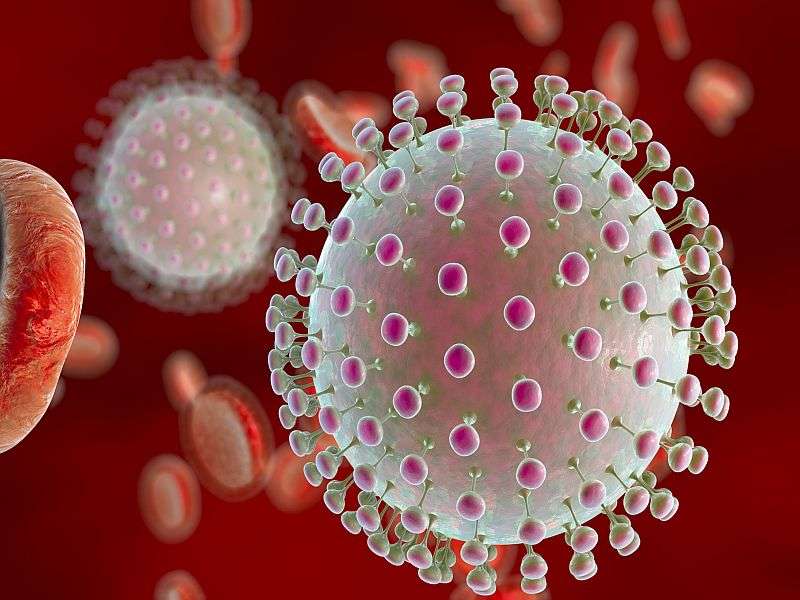Review identifies features of congenital zika infection

(HealthDay)—A distinctive phenotype of congenital Zika syndrome has been described in a review published online Nov. 3 in JAMA Pediatrics.
Cynthia A. Moore, M.D., Ph.D., from the U.S. Centers for Disease Control and Prevention in Atlanta, and colleagues reviewed the most recent evidence of congenital anomalies occurring in fetuses or infants with presumed or laboratory-confirmed intrauterine Zika infection. Congenital anomalies were considered in the context of the presumed pathogenetic mechanism related to the neurotropic properties of the virus.
The researchers found that congenital Zika syndrome has a distinct pattern of structural anomalies and functional disabilities, which are secondary to damage to the central, and possibly peripheral, nervous system. Many components of the syndrome are shared with other congenital infections, but five factors are unique to congenital Zika infection: severe microcephaly with partially collapsed skull; thin cerebral cortices with subcortical calcifications; macular scarring and focal pigmentary retinal mottling; congenital contractures; and marked early hypertonia and symptoms of extrapyramidal involvement.
"Although the full spectrum of adverse reproductive outcomes caused by Zika virus infection is not yet determined, a distinctive phenotype—the congenital Zika syndrome—has emerged," the authors write. "Recognition of this phenotype by clinicians for infants and children can help ensure appropriate etiologic evaluation and comprehensive clinical investigation to define the range of anomalies in an affected infant as well as determine essential follow-up and ongoing care."
More information: Full Text
Copyright © 2016 HealthDay. All rights reserved.

















